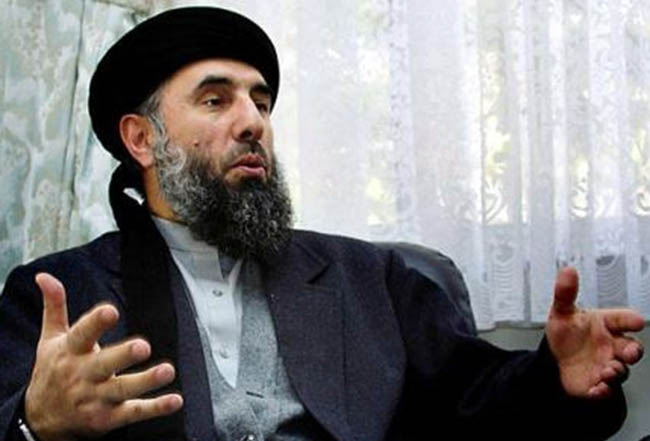The peace agreement signed with Hezb-e-Islami Afghanistan (HIA), led by Gulbuddin Hekmatyar, on September 29, 2016, is considered a breakthrough and shows Afghans’ strong will for peace. Afghan government called warring factions, through thick and thin, to stop violence and bloodshed and come to negotiating table. Seeking peace talks, within the last decade, was a highly complicated issue in the political history of the country which came to standstill for one reason or another.
In spite of the recent agreement with HIA, militancy continues unabated in the country and Afghan soldiers and civilians paid great sacrifices in 2016. In other words, with the initiation of peace agreement with HIA, political pundits maintained that Gulbuddin’s party was marginalized in political arena and was vulnerable to the Taliban’s menace as sporadic clashes between the two groups were reported. Therefore, this agreement is believed not to carry much weight in bringing peace in the country.
In addition, the post-Taliban Afghanistan took high steps towards democratization and intended to establish a civil society where the individuals could exercise their rights and liberty without fear and anxiety. The approval of Constitution, after Bonn Conference, implanted a strong gleam of hope in the nation and boosted their trust in having a society void of war and violence. The hegemony of democracy affected not only political issues but also cultural arena, in some parts of the country, as people showed tendency in liberalizing their traditions. Believing to be free from the bloodbath committed during the Taliban’s regime, the nation heaved a sigh of relief and prayed for their dream utopia. The colorful queues of men and women in presidential election in 2004 filled the air with a sense of hope and optimism. The nation celebrated democracy through casting their votes and enjoyed their participatory role in the government. But could the ballot prevent people from bullet?
The Taliban insurgents were reorganized and waged war against the government. The nation’s dream for a civil society did not come true since violence and bloodshed began after a lull. This time, the Taliban came with the ideology of “Jihad” against the “puppet government” and foreign troops – they justified all their terrorist acts and inflicted heavy casualties upon civilians, including women and children. From the very establishment of democratic state, the Taliban continued their insurgency up to now and there still seems to be no bona fide intention for peace talks – which is believed to be changed into a political game.
Peace remains elusive in this unending game and the unmitigated insurgency has outraged the public conscience. There were many ups and downs before talks and the Taliban adopted various attitudes, regarding this issue, with uncertainty. Despite decade-long efforts in persuading the Taliban to come to negotiating table, which was proved abortive, Afghan government leaves the door open for talks and calls warring factions to join the peace process.
The only positive outcome of High Peace Council (HPC), established in 2010 to hold talks with the Taliban, seems to be the agreement with HIA. The officials deem it a major breakthrough. The question is that has this issue reduced insurgency in the country? Of course not! The graph of civilian casualties remains high and neither “war on terror” nor peace offering bore the desired result. Therefore, the peace agreement with HIA, with the passage of more than half of a decade from the establishment of HPC, is a pyrrhic victory.
The futility of peace process triggered a sense of mistrust between Kabul and Islamabad and Afghan officials talked with serious tone about the sanctuary of terrorist groups. As a result, in the Heart of Asia Conference held in Amritsar, India, Afghan President Muhammad Ashraf Ghani refused Pakistan’s $500m aid stating that it could be spent to combat terrorism.
However, Pakistan’s Foreign Affairs Adviser Sartaj Aziz countered the claim, calling the criticism “simplistic”. The Afghan government, Mr. Aziz said, “has also signed peace agreement with HIA. The implementation of this peace deal can serve as a model for talks with other insurgent groups in future.” The peace process for talks between the Afghan government and the Taliban has not yet produced positive results, he noted, adding that the option needed to be explored in a sustained way.
Home » Opinion » Why Not Taking a Shorter Route to Peace?
Why Not Taking a Shorter Route to Peace?
| Hujjatullah Zia

